 As we are all aware, the shipboard ORB, standing for the Oil Record Book, is the formal document, providing the official evidence of compliance of the ship with the relevant requirement and instructions, outlined in the MARPOL Oil Pollution Prevention Annex I. That is the main reason why the responsible personnel shall possess clear understanding and knowledge of how the entries shall be made to the Oil Record Book of their vessel.
The present guidebook is there to provide brief explanation of the nice codes that are normally use when recording the oil operations, supplemented with the real examples of their application. For instance, the Code A is dealing with the ballasting/fuel oil tank cleaning activities, that shall be duly recorded in the ship's Oil Record Book with proper identification of the ballasted tanks, and information related to the cleaning and ballasting processes, while the Code B addresses the dirty ballast discharge. In short, one has to know how to fill and maintain the ORB at all times.
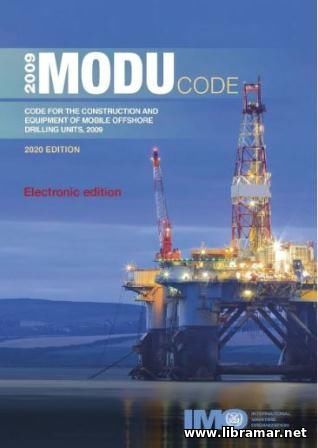 This is the most important document released by the IMO in connection with the Mobile Offshore Drilling Unit safety. This document of 2009 has been amended several times to include the IMO Resolutions adopted after 2009. The present publication contains all amendments up to and including those of 2022 and is the current version of the Code.
The arrangement of the content is pretty traditional for the IMO MODU Code – the first section provides general information on the purpose of this regulatory document, its application areas and definitions used throughout the text, survey and certification requirements etc. The second section of the Code deals with the construction of the Units, the hull strength and materials used for construction.
The third section is devoted to the stability and freeboard including the hull subdivision and watertight integrity requirements. After that there are requirements concerning the machinery installations including boilers, propulsion machinery for self-propelled drilling units, elevating systems installed on jack-up rigs, hull systems etc.
the electrical installations are dealt with in a separate section, followed with the one on the hazardous area classification and associated requirements. The rest of the volume addresses such the critical aspects as fire safety, lifesaving equipment and systems, radiocommunication equipment, cargo gear, operational aspects, chopper facilities and, finally, the air test appliances used in the confined spaces.
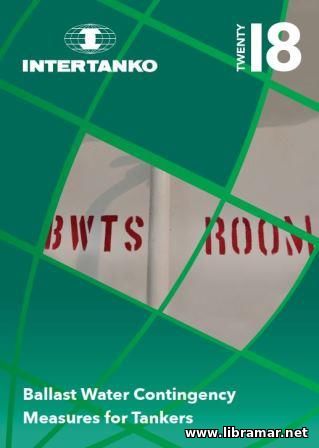 The main content of the present publication developed and officially published by Intertanko, is arranged in four main sections. The first section of the document addresses the Ballast Water Management Convention itself, providing some historical background and highlighting the important reporting related aspects.
The authors underlined the expectations of each involved party, including company DPS, Flag State, Classification Societies, as well as the manufacturers of the ballast water management systems installed on board ships. The second section is entirely devoted to the regulations by the USCG, standing for the United States Coast Guard.
The third section covers the contingency measures, including such critical matters as repair of the shipboard ballast water management systems at the loading port and at sea, different options for the ballast water exchange, mid-ocean exchange both with and without the use of the system, mobile treatment facilities and associated equipment, partial discharges and others.
Finally, the closing section and the two annexes contain all necessary reporting forms and a sample repair plan for the ballast water management system.
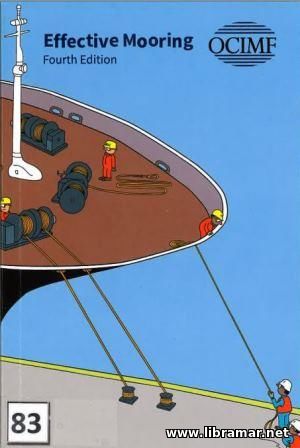 We are all aware of the fact that mooring is deservedly considered one of the most difficult and hazardous activities for both ship crew members engaged in the subject operation and the port workers. Should something go not as planned, this can eventually result in disastrous consequences.
The present publication was compiled by the professionals of the world respected OCIMF entity with the intention to provide industry with the general and concise introduction to the mooring operation, and also to give necessary guidance on provision of safety.
The style of the text is very easy to follow so the publication can be used for the training of the seafarers at all levels, starting with the very beginners. Note that this fourth release of the title is aligned with the Mooring Equipment Guidelines and you are encouraged to use both volumes, since the latter will provide even more detailed overview of the design of the shipboard mooring systems and their proper technical maintenance.
The main emphasis has been made by the authors on the crew activities and due attention has been paid to the human factor, considering the huge number of cases where this factor played the key role – note that most of them could actually have been prevented.
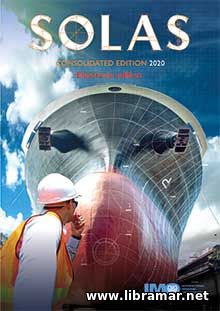 Here is the absolutely latest electronic release of the SOLAS Convention. Of all internationally recognized conventions that have been ever developed and released by the International Maritime Organization in connection with the maritime safety, this one is deservedly considered as the most important since the content of the document covers the whole range of the technical and organizational measures and arrangements to improve the shipping safety, protecting the human life at sea.
The very first edition of the convention took place back in 1914, following the famous disaster of the “unsinkable” Titanic which resulted in the tragic loss of more than 1500 human lives. Four editions of the conventions followed since then and the present version of the document was adopted in 1974 and it has been in force since 1980.
The main intention of the present 2020 release was to provide all interested parties with the easier references to all recently introduced requirements that are applicable starting from January 2020. Note that the 1978 and 1988 Protocols have also been included, together with the Unified Interpretations, or UI, to SOLAS regulations. The arrangement of material is traditional for all released of the convention.
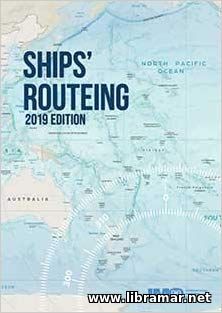 The safety of marine transportation and cleanliness of the oceans are nowadays promoted in numerous ways. One of such ways is the ongoing development of various effective routeing measures implemented to control the navigation of ships and monitoring of the progress.
The routeing measures defines or described in part A and Part H of the present volume have been individually deal with in part B dedicated to the schemes of traffic separation and inshore zones), part C addressing the deep water navigation routes, part D defining the areas to avoid, part E providing other measure, for example two-way routeing, recommended directions and tracks, part F containing the applicable rules and recommendations relevant to the particular areas of navigation and straits, part G dealing with the mandatory ship reporting and routeing systems together with "no-anchoring" areas, and, finally, part H depicting the archipelagic lanes.
The edition offered is incorporating all measures of routeing adopted before July-2019. Note, however, that the chartlets that have been included in the volume shall not be used for navigation purposes. The latest release of this official IMO publication.
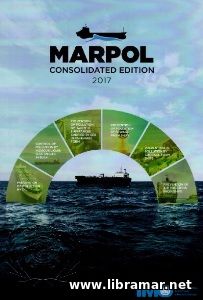 The latest edition of the major IMO convention dealing with the prevention of marine pollution concerned with the protection on the marine environment. The main technical content of the present convention has been arranged in six big Annexes. Note that the five of them, i.e. Annexes from I (oil pollution prevention) to V (garbage pollution prevention) were adopted by MARPOL 1973 as further modified by a 1978 Protocol. The last sixth Annex was adopted by a Protocol which followed in 1997 covering the air pollution prevention.
In general, all annexes together cover the prevention of pollution of marine environment by oil, by NLS, standing for the noxious liquid substances carried in bulk, by harmful substances carried in packaged form, by sewage and garbage from ships, and air pollution. Needless to say that this is one of the most important publications to be carried on board any vessel to which present convention applies.
It is a must-have document for the port state control officers and marine surveyors checking the vessel for compliance with the requirements of convention, for the crew members responsible for keeping the vessel compliance, and for the ship designers and builders who shall have clear understanding of the convention in order to design a vessel that would meet all applicable requirements.
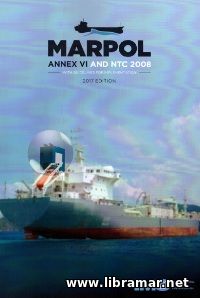 One of the most important regulatory publications developed and released by IMO. The sixth annex to the MARPOL convention relate to the prevention of the ship-source air pollution and covers the requirements applicable to the emissions to air and energy efficiency.
The 2008 NOx Technical Code supplements the Annex VI and contains the requirements fox control of the NOx, i.e. nitrogen oxides - the provisions of the Code apply to the testing and surveys as well as to the certification of the shipboard diesel engines.
The current release of publication contains the Guidelines together with the other info relating to the application of the Annex VI and the Code, including EGCS, standing for the exhaust gas cleaning systems, selective catalytic reduction systems, and energy efficiency matters.
The document was released to be used by the maritime authorities and recognized organizations, class societies and ship owners, ship builders, manufacturers of the equipment installed on board ships, educational entities etc.
The opening part of the Annex VI provides general information while its four main chapters address the survey and certification, means of control, energy efficiency and emission control, and means of verification of compliance with the requirements contained in the pages of the Annex VI to MARPOL. Absolutely must-have publication for all categories of maritime industry professionals mentioned above.
|







